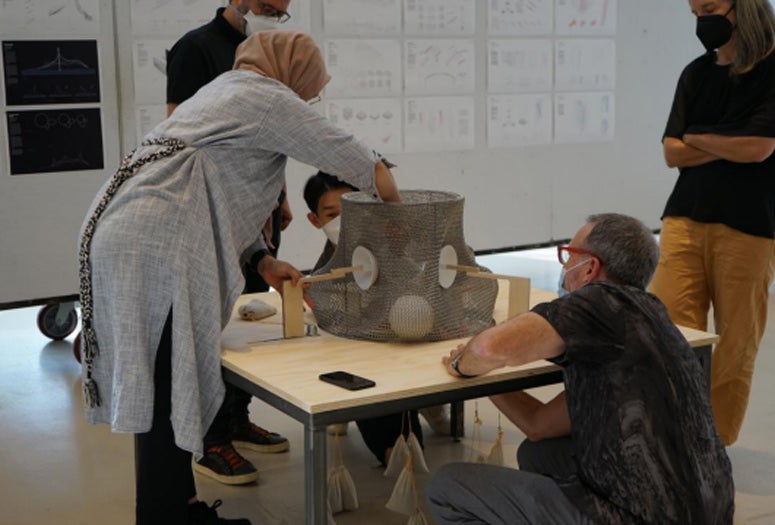Rice University has doubled its annual investment in the George R. Brown Teaching Grant from $35,000 to $60,000. The grant enhances undergraduate student learning through teaching innovation.
“Excellence in undergraduate education is an integral part of Rice’s mission, and this investment enhances the excellent teaching that takes place at Rice every day,” said Amy Dittmar, the Howard R. Hughes Provost and executive vice president for academic affairs. “I am pleased that with this increase in funding, the impact of the award can go even further.”
Full-time faculty or research faculty from all schools and disciplines are eligible and encouraged to apply. An information session/workshop will be held Friday, Feb. 2 from noon to 1 p.m. in 129 Herring Hall. Participants can get more information on the process and ideas for successful projects, said Dr. Laura Kabiri, chair of the University Committee on Teaching, which oversees the awards.
“The increase in funding really shows a commitment to undergraduate education as we expand graduate education at Rice,” said Kabiri, an assistant teaching professor in the kinesiology program. “We are looking for projects that offer significant innovation in the classroom and impact the largest number of students.”
The increase in funding will allow the award subcommittee to fund more, and potentially more ambitious, proposals at higher levels, said R. Bruce Weisman, chair of the George R. Brown Teaching Grant subcommittee. The grants can be used to develop a new course; offer an honorarium for outside speakers or consultants to support a special event associated with a course; or buy equipment, supplies or materials for a course. Each project can range from a few hundred dollars to approximately $8,000, up from the previous $5,000 limit.
“We’re really so grateful for the increase in funding and the new opportunities that it brings for undergraduate teaching at Rice,” Weisman said.
Kabiri received a George R. Brown Teaching Grant in 2021 to create a lab component for her human physiology course using wireless sensors to record physiological variables like muscle activity, gas exchange, heart rate and blood pressure. Rice Emergency Medical Services has used the funds to acquire new mannequins with different skin tones that reflect the experience of starting an IV on more diverse populations, Kabiri said.
Architecture Professor Mark Wamble received the award to help his third-year students afford the expenses of making and testing physical models built in the design studio. It enhanced their learning when compared to testing designs using only digital models.
“This understanding is impossible to reproduce fully by replicating and testing a design in an entirely digital environment,” Wamble said. “The students’ experience of the process was very exciting, almost euphoric.”
Renata Ramos, senior associate dean of academic affairs in the George R. Brown School of Engineering and a full teaching professor in bioengineering, received a grant for a collaborative effort with Tracy Volz, director of the Activate Engineering Communication program and a professor in the practice. Their grant provided opportunities for first-year students to interact with engineers in industry.
“Through this grant, we were able to improve the students’ knowledge of different engineering fields, develop students’ communication skills and help first-year engineering students develop a professional network,” Ramos said. “For first-year engineering students that are still figuring out their career path, this course — and the work supported through this award — has the potential to improve retention and self-efficacy.”
Philosophy Professor Timothy Schroeder received a grant last year to develop simple teaching modules in ethics for the philosophy department. Philosophy faculty teach courses that introduce Rice undergraduates to ethical issues in medicine, business, engineering and life in general.
“The modules provide teaching materials such as lecture notes and slides that can be especially helpful for new faculty, postdoctoral scholars or Ph.D. students,” Schroeder said. “One Ph.D. student instructor already mentioned that she benefited from the modules in her teaching of an introductory-level philosophy course, Moral Problems.
“Even if an instructor doesn’t want to use the exact lecture notes or slides created by someone else, they can greatly improve and speed up the development of teaching materials,” Schroeder said. “Every step we can take toward helping our newer teachers teach the best courses they can is a step we want to take.”

